Owning a cat is a delightful and rewarding experience, but it comes with its own set of responsibilities and learning curve. Whether you’re a seasoned cat parent or a first-time adopter, there’s always something new to learn about these fascinating creatures.
From understanding their mysterious behavior to ensuring their health and happiness, here’s everything you need to know to be the best cat owner you can be. Embrace the journey with these essential tips and insights into the world of cats.
1. Understanding Your Cat’s Body Language
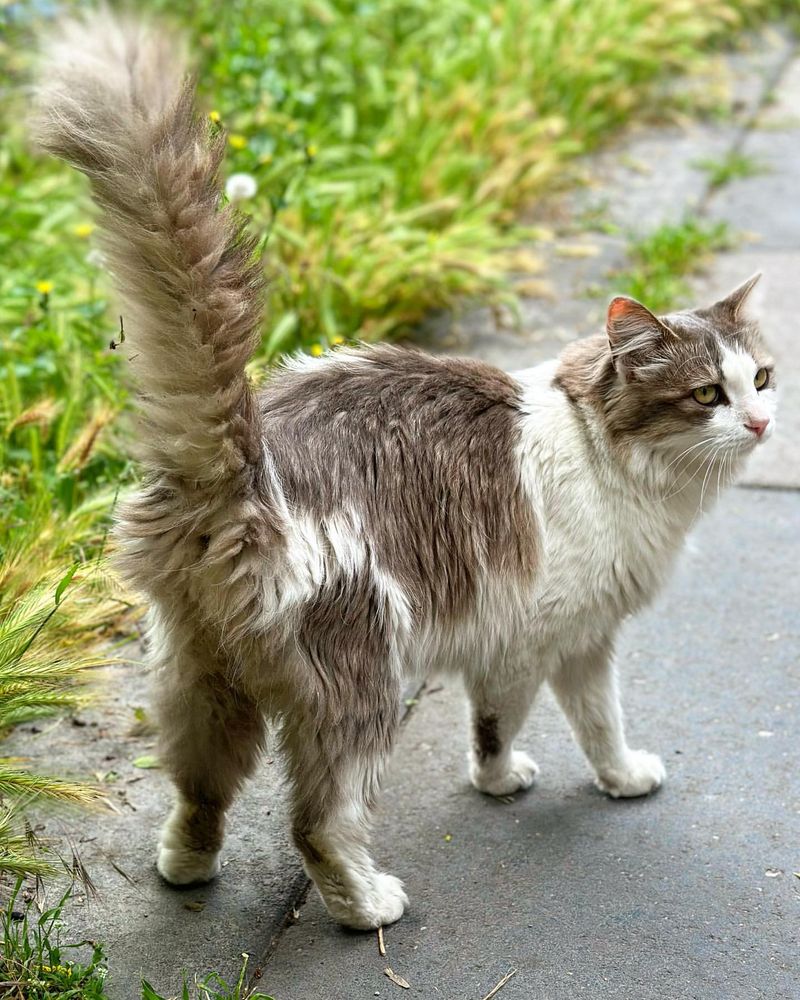
Cats communicate a lot through their body language, and understanding it can help you build a stronger bond with your furry friend. Pay attention to their tail movements; a high tail usually indicates happiness, while a low or tucked tail might mean they’re scared or anxious.
Cats also use their ears to express themselves. Ears forward often signify curiosity or playfulness, while ears flattened against the head can indicate fear or aggression. Moreover, watch their eyes and pupils. Slow blinking is a sign of trust and affection, so try returning the gesture to show your love.
By observing these signals, you can better cater to your cat’s needs and emotions, ensuring a harmonious living environment. Incorporating this knowledge into your daily interactions will not only make your cat feel more understood but also strengthen the trust between you.
Understanding your cat’s body language is a fundamental step in nurturing a happy and healthy relationship.
2. Choosing The Right Litter Box
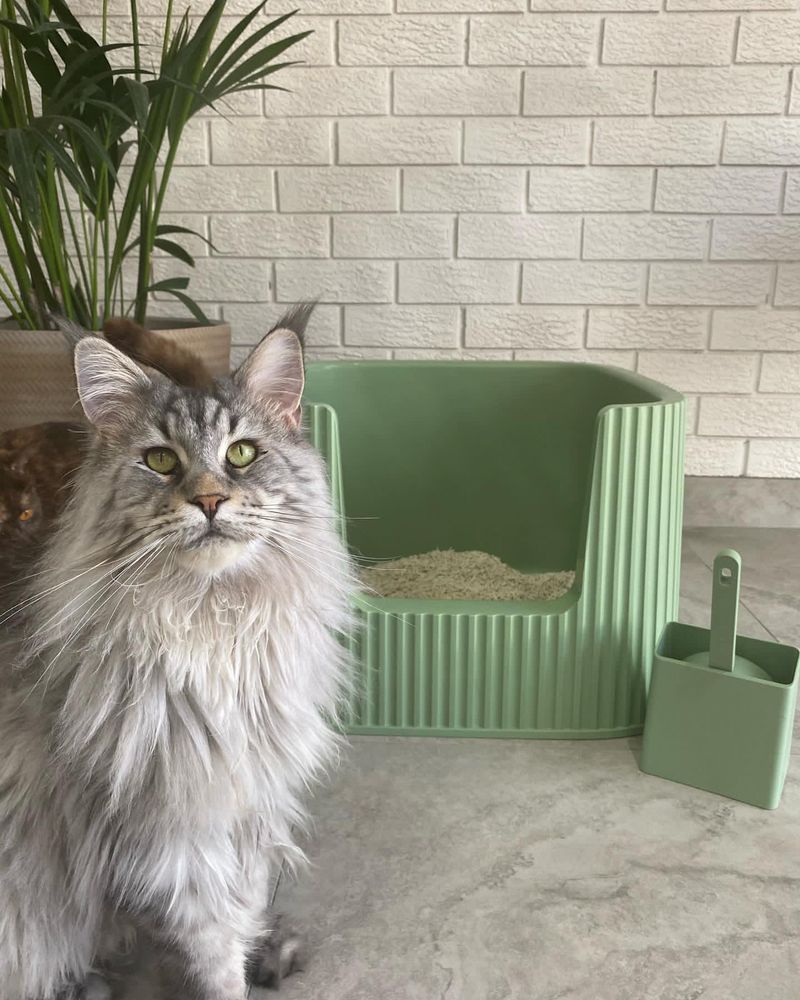
Selecting the right litter box is crucial for your cat’s comfort and your home’s cleanliness. Start by considering the size; your cat should easily fit inside and be able to turn around without feeling cramped. Covered boxes offer privacy but may trap odors, so consider an open design if your cat is sensitive to smells.
Additionally, think about the location of the litter box. Cats prefer quiet, low-traffic areas where they can do their business undisturbed. Avoid placing it near their food and water bowls, as mixing these areas can cause stress or aversion. Remember to scoop the litter daily and perform a complete change weekly to maintain hygiene.
Experiment with different types of litter to find one that your cat prefers, as this can greatly affect their willingness to use the box. By carefully choosing the right litter box, you can prevent unwanted accidents and ensure a pleasant experience for your feline friend.
3. Feeding Your Cat A Balanced Diet
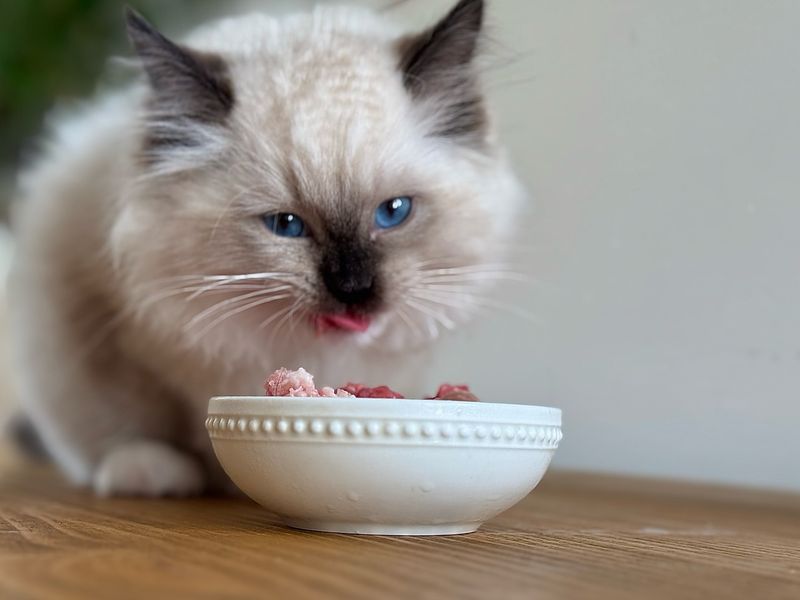
Cats are obligate carnivores, meaning their diet must primarily consist of meat. Ensure their meals contain a good balance of proteins, fats, and essential nutrients to support their growth and energy needs. Consider incorporating both wet and dry food into their diet to provide variety and maintain hydration.
Wet food helps prevent urinary tract issues, while dry food can support dental health by reducing tartar buildup. Avoid feeding your cat table scraps or foods toxic to them, such as onions, garlic, chocolate, and caffeine. It’s important to measure portions to prevent obesity, a common issue in indoor cats.
Consult your veterinarian for personalized dietary recommendations based on your cat’s age, weight, and health status. By prioritizing a balanced diet, you’re investing in your cat’s overall well-being and happiness.
4. Providing Mental Stimulation
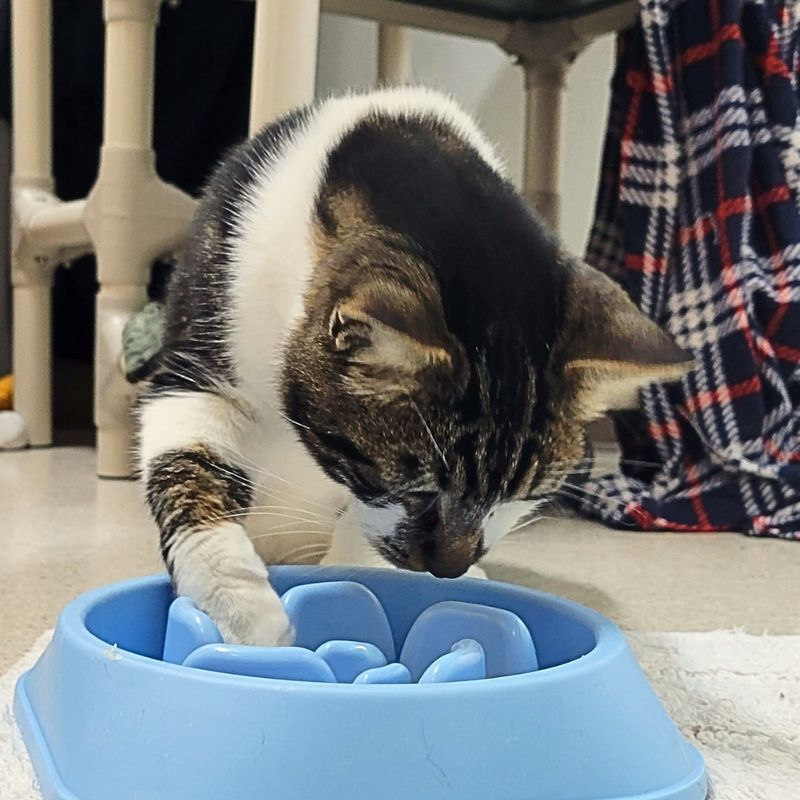
Cats are intelligent creatures that thrive on mental stimulation. Providing them with engaging activities is crucial to prevent boredom and behavioral issues. Introduce puzzle toys that challenge their problem-solving skills and reward them with treats upon success. These toys can help keep your cat entertained for hours.
Interactive playtime with toys like feather wands or laser pointers can also satisfy their hunting instincts. Rotate toys regularly to maintain their interest and offer new challenges. Additionally, consider setting up a window perch where they can observe birds or squirrels outside, offering endless entertainment.
Enriching your cat’s environment with these stimulating activities not only keeps them mentally fit but also strengthens your bond. By investing time in play and exploration, you ensure a happy and fulfilled life for your feline companion.
5. Regular Veterinary Check-Ups
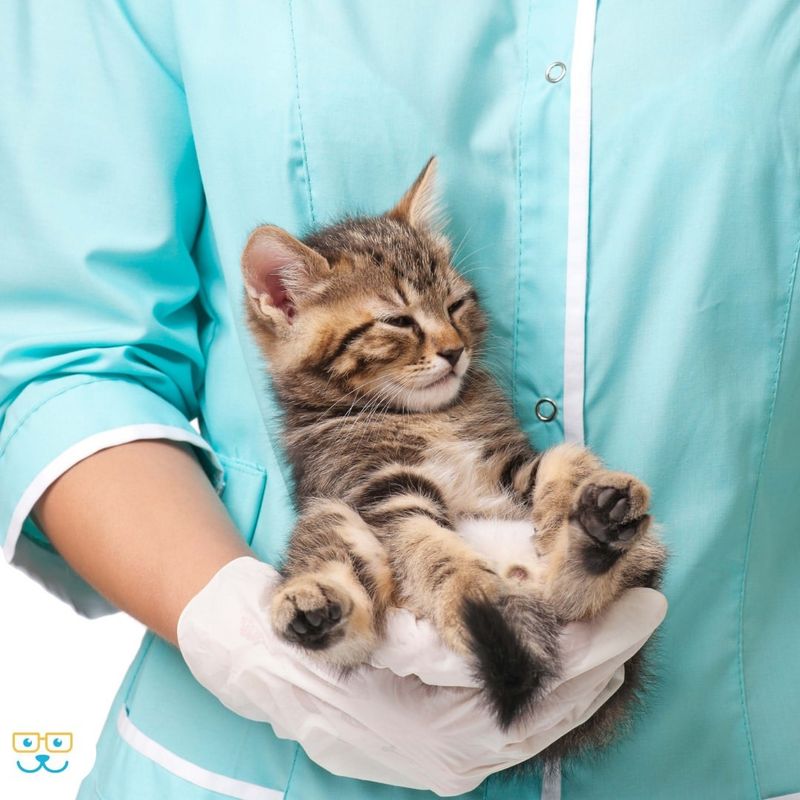
Regular veterinary check-ups are vital for maintaining your cat’s health and catching potential issues early. Schedule at least one annual vet visit for a general examination and vaccinations. During these visits, your vet can assess your cat’s overall health, weight, and dental condition, providing crucial insights into their well-being.
If your cat shows signs of illness such as changes in appetite, behavior, or litter box habits, don’t hesitate to consult your veterinarian. Early diagnosis can prevent more serious health problems down the line, saving both stress and expense.
Establishing a good relationship with your vet ensures you have a trusted partner in your cat’s healthcare journey. Regular check-ups are a proactive measure to keep your furry friend healthy and happy for years to come.
6. Creating A Safe Indoor Environment
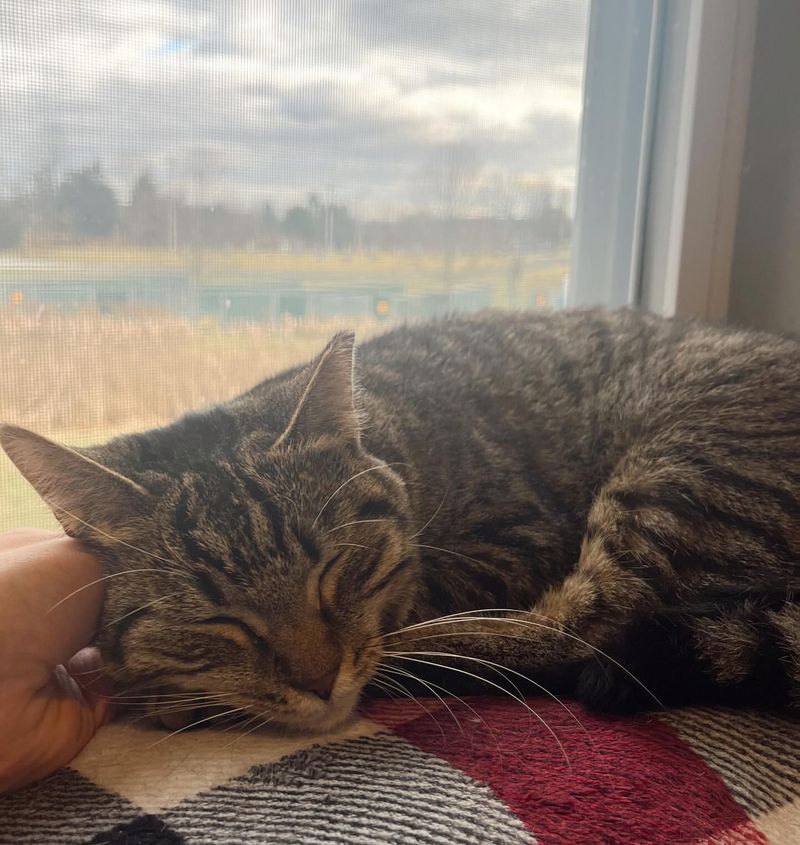
Creating a safe indoor environment is essential to protect your cat from potential dangers. Start by securing windows and balconies with screens or guards to prevent accidental falls. Keep electrical cords and small objects out of reach, as curious cats might chew on them or swallow them.
Additionally, ensure houseplants are non-toxic, as many common plants can be harmful if ingested. Consider providing scratching posts and pads to deter your cat from damaging furniture and to fulfill their natural urge to scratch.
Regularly inspect your living space for hazards and make necessary adjustments to ensure a safe haven for your pet. By creating a secure indoor environment, you give your cat the freedom to explore and play without risk.
7. The Importance Of Hydration
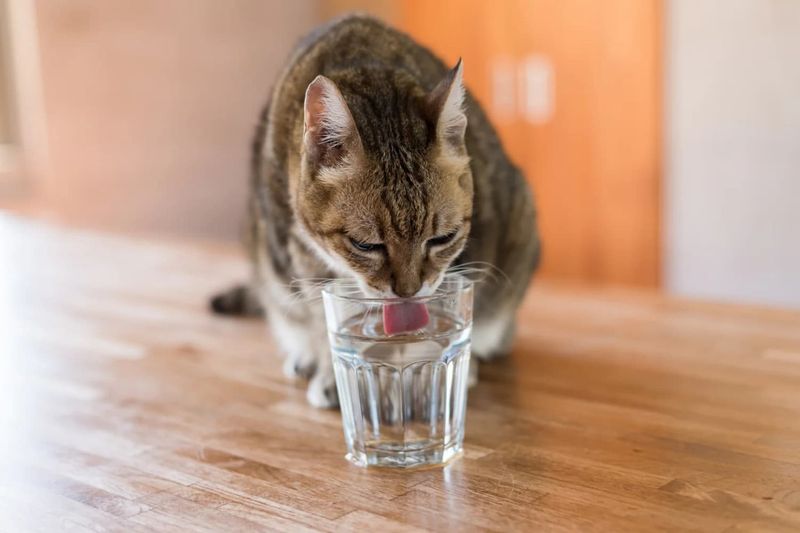
Hydration plays a crucial role in your cat’s overall health. Cats often don’t drink enough water, which can lead to urinary tract issues and kidney problems. Encouraging them to drink more is essential, and one way to do this is by providing a cat water fountain.
The flowing water can attract their curiosity and encourage frequent drinking. In addition, consider adding wet food to their diet, as it contains more moisture than dry food. Regularly change their water bowl to keep it clean and fresh, and place multiple water sources around your home to make it easily accessible.
Monitoring your cat’s water intake can help you identify any potential health concerns early. Prioritizing hydration will support their well-being and promote a long, healthy life.
8. The Benefits Of Spaying And Neutering

Spaying and neutering your cat is beneficial for both their health and the community. These procedures prevent unwanted litters and reduce the number of homeless cats. Spaying females reduces the risk of uterine infections and certain types of cancers, while neutering males can decrease aggressive behavior and territorial marking.
Additionally, altered cats are less likely to roam, reducing their risk of injury or getting lost. Discuss the right time for spaying or neutering with your veterinarian, as it may vary based on your cat’s age and health.
By choosing to spay or neuter your cat, you contribute to their long-term well-being and help control the feline population. It’s a responsible decision that benefits both your pet and the wider community.
9. Grooming Your Cat
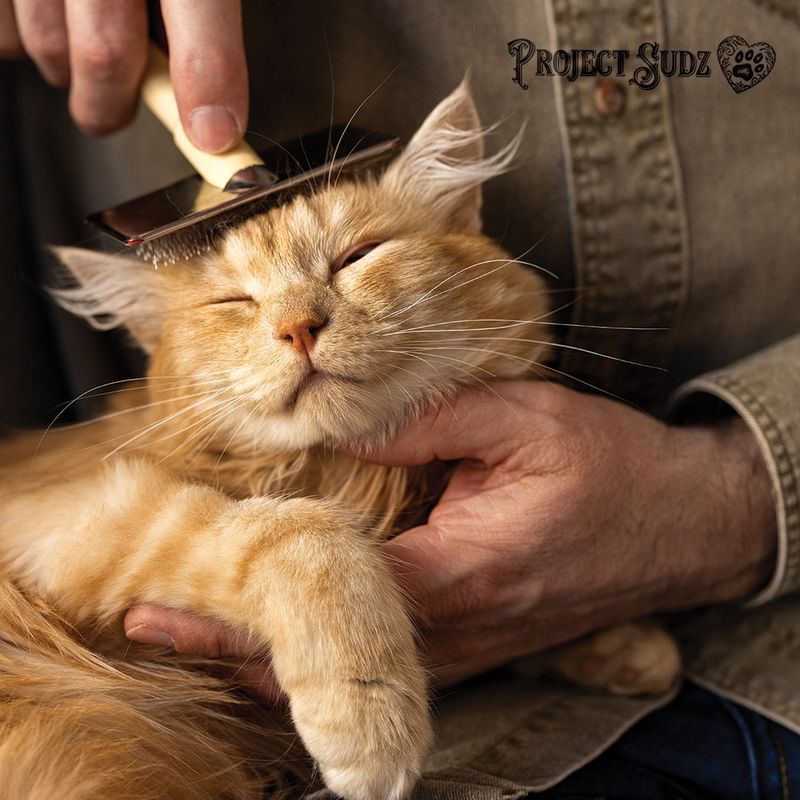
Regular brushing helps reduce shedding and prevents the formation of hairballs, which can be uncomfortable for your cat. Depending on their coat length, you may need to groom them daily or weekly to keep their fur healthy and tangle-free. Bathing is generally not necessary for most cats, as they are proficient self-groomers.
However, if your cat gets into something sticky or harmful, a gentle bath with cat-safe shampoo may be required. Additionally, trim their nails regularly to prevent overgrowth and scratching accidents. Grooming sessions can also be an opportunity to check for any abnormalities, such as lumps, bumps, or parasites.
By incorporating grooming into your routine, you ensure your cat looks and feels their best, strengthening your bond in the process.
10. Training Your Cat
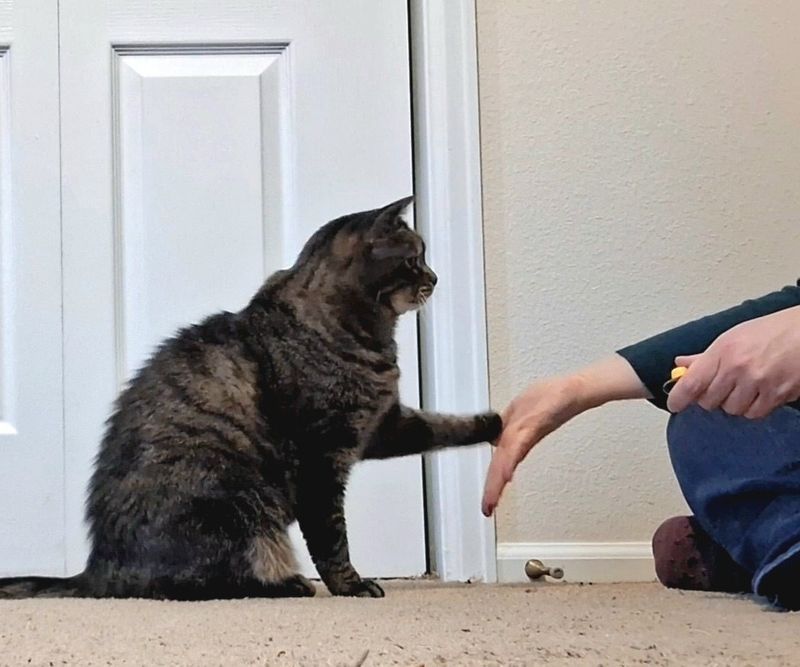
Training a cat may seem challenging, but it’s entirely possible with patience and consistency. Unlike dogs, cats respond best to positive reinforcement methods, such as treats and praise. Start with simple commands like “sit” or “come,” using treats to reward their compliance.
Keep training sessions short and fun, as cats have limited attention spans. Consistency is key; practice regularly to reinforce desired behaviors. Training can also address unwanted behaviors like scratching furniture or jumping on counters by redirecting their focus. Training not only enhances your cat’s behavior but also strengthens your bond with them.
It provides mental stimulation and fosters trust, creating a more harmonious living environment. With dedication, you’ll find that training your cat is a rewarding experience for both of you.
11. Socializing Your Cat
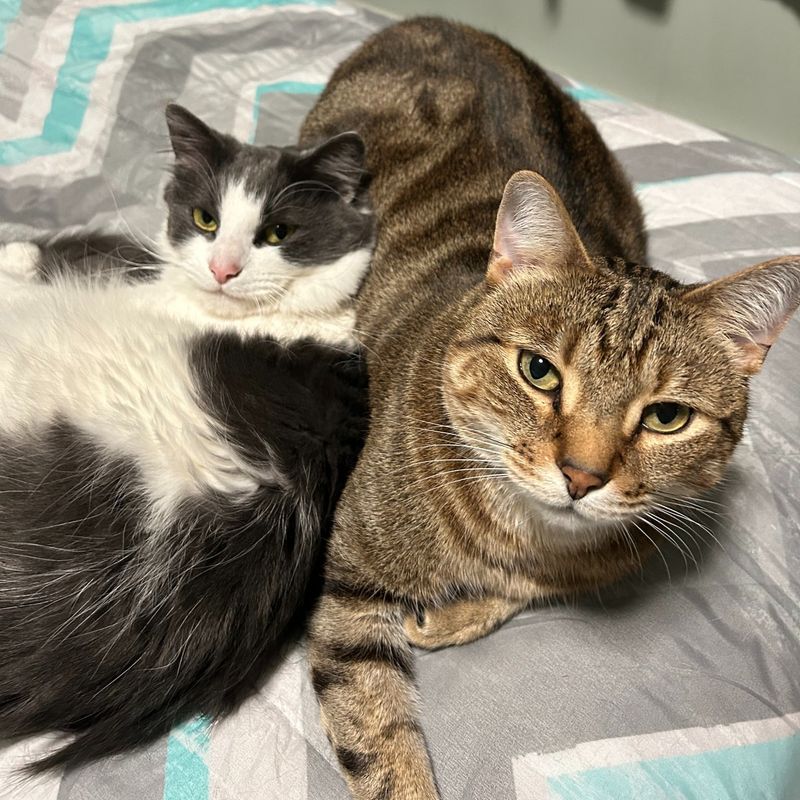
Early exposure to various people, environments, and experiences can help your cat become more confident and less fearful of new situations. Start by introducing them to family members and friends in a calm and controlled manner.
Gradually expose them to different sounds and settings, rewarding them with treats and praise to create positive associations. If adopting an older cat, be patient and allow them time to adjust at their own pace.
Providing your cat with social experiences enriches their life and enhances their ability to handle change. A well-socialized cat is more likely to be friendly, relaxed, and well-adjusted, contributing to a harmonious household.
12. Recognizing Signs Of Illness
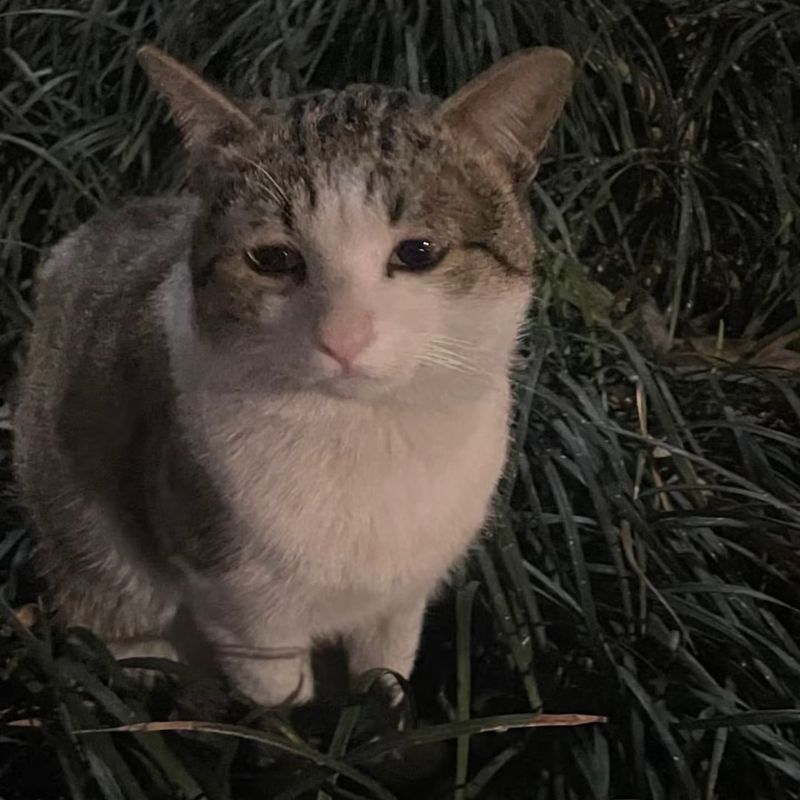
Being able to recognize signs of illness in your cat is vital for their health and well-being. Cats are masters at hiding discomfort, so subtle changes in their behavior can be the first indicators of a problem. Look out for signs such as changes in appetite, litter box habits, or activity levels.
Sudden weight loss or gain, vomiting, diarrhea, or excessive grooming can also signal underlying health issues. If you notice any of these symptoms, consult your veterinarian promptly for a thorough examination.
Early detection and treatment can prevent minor issues from escalating into serious conditions. By staying vigilant and attentive to your cat’s behavior, you play a crucial role in their healthcare and longevity.
13. Cat-Proofing Your Home
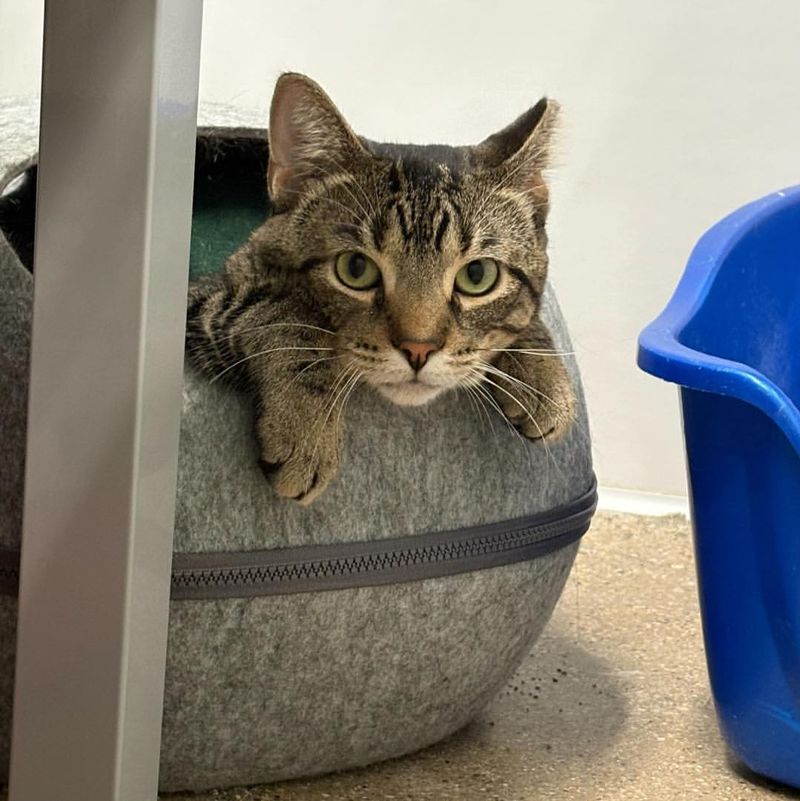
Cat-proofing your home is essential to ensure your pet’s safety and well-being. Start by securing cabinets and drawers, as curious cats might explore and ingest harmful substances. Use childproof locks or magnetic latches to keep them out of reach.
Hide electrical cords and small objects that could be swallowed or cause injury. Ensure windows and balconies have secure screens to prevent falls, and remove any toxic plants from your home. Consider setting up designated areas for your cat to play and relax, complete with toys and scratching posts.
Regularly inspect your living space for potential hazards, and make necessary adjustments to provide a safe environment for your feline friend. By cat-proofing your home, you create a secure haven where your pet can thrive.
14. The Role Of Play In A Cat’s Life
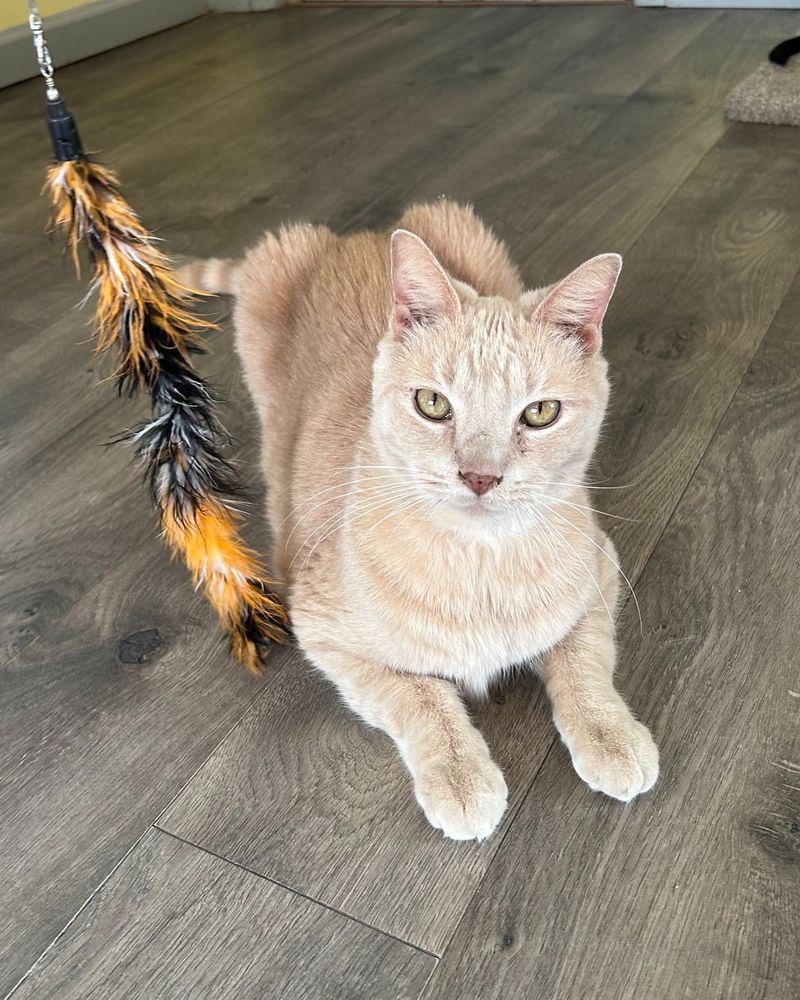
Play is a vital component of a cat’s life, providing physical exercise and mental stimulation. Engaging in regular play sessions helps prevent obesity and promotes a healthy weight. Interactive toys like feather wands, balls, and tunnels can mimic prey and satisfy your cat’s natural hunting instincts.
Set aside dedicated time for play each day to strengthen your bond and provide essential enrichment. Encourage variety by rotating toys and introducing new activities, keeping your cat entertained and engaged.
Play also serves as an outlet for excess energy, reducing the risk of behavioral problems such as scratching or aggression. By incorporating play into your daily routine, you ensure a happy and balanced life for your feline companion.
15. Managing Multiple Cats
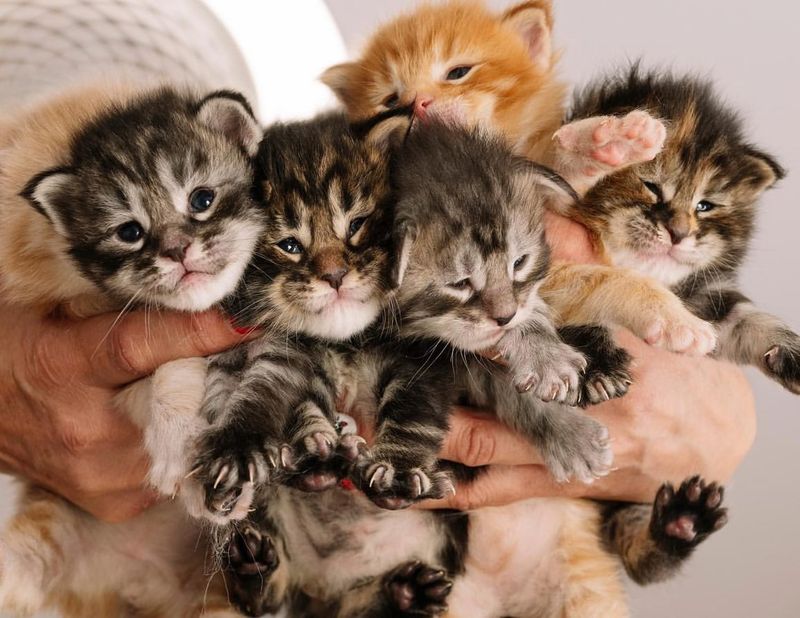
Managing a multi-cat household requires careful planning and understanding of feline dynamics. Cats are territorial creatures, so providing each cat with their own space and resources is crucial. Ensure there are enough litter boxes, food bowls, and resting spots to prevent competition and stress.
Introduce new cats gradually, allowing them time to adjust and establish their own territories. Supervise initial interactions and provide positive reinforcement for peaceful behavior. Observe their relationships and be prepared to intervene if conflicts arise.
Understanding each cat’s personality and needs can help maintain harmony and prevent issues. By fostering a balanced environment, you create a peaceful coexistence where all your cats can thrive.
16. The Importance Of Routine
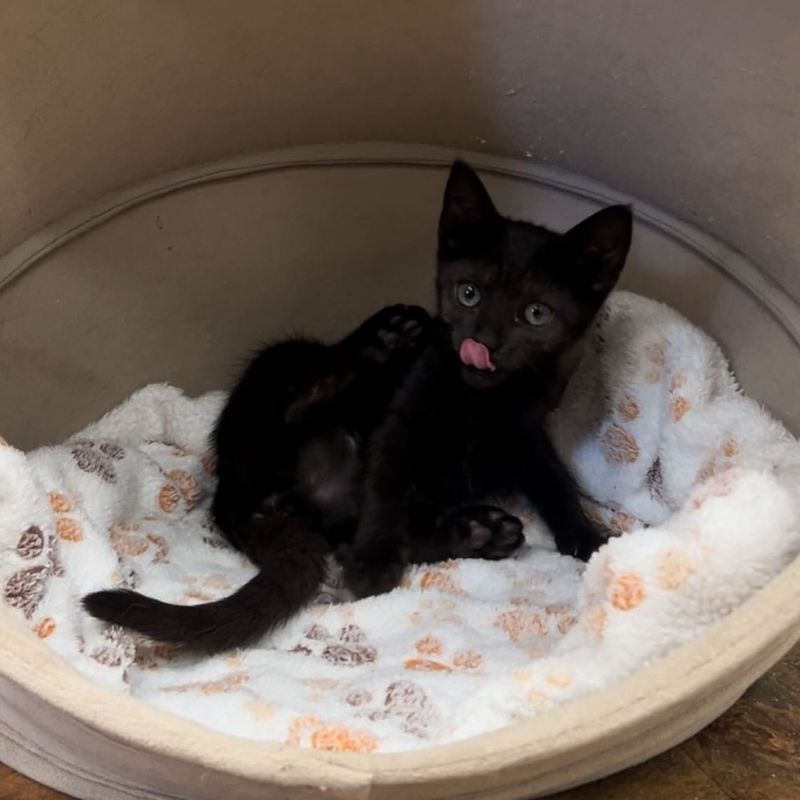
Cats thrive on consistency, so set regular feeding times and play schedules to create a structured environment. Predictable routines reduce stress and help your cat feel more comfortable and settled.
Consistency also aids in training and managing behavioral issues, as your cat learns to anticipate and respond to daily activities. A balanced routine contributes to their overall health and happiness. Adjust the routine as needed to accommodate changes in your lifestyle or your cat’s needs, but strive to maintain stability.
By providing a predictable routine, you help your cat feel safe and nurtured in their home environment.
17. The Benefits Of Cat Trees And Scratching Posts
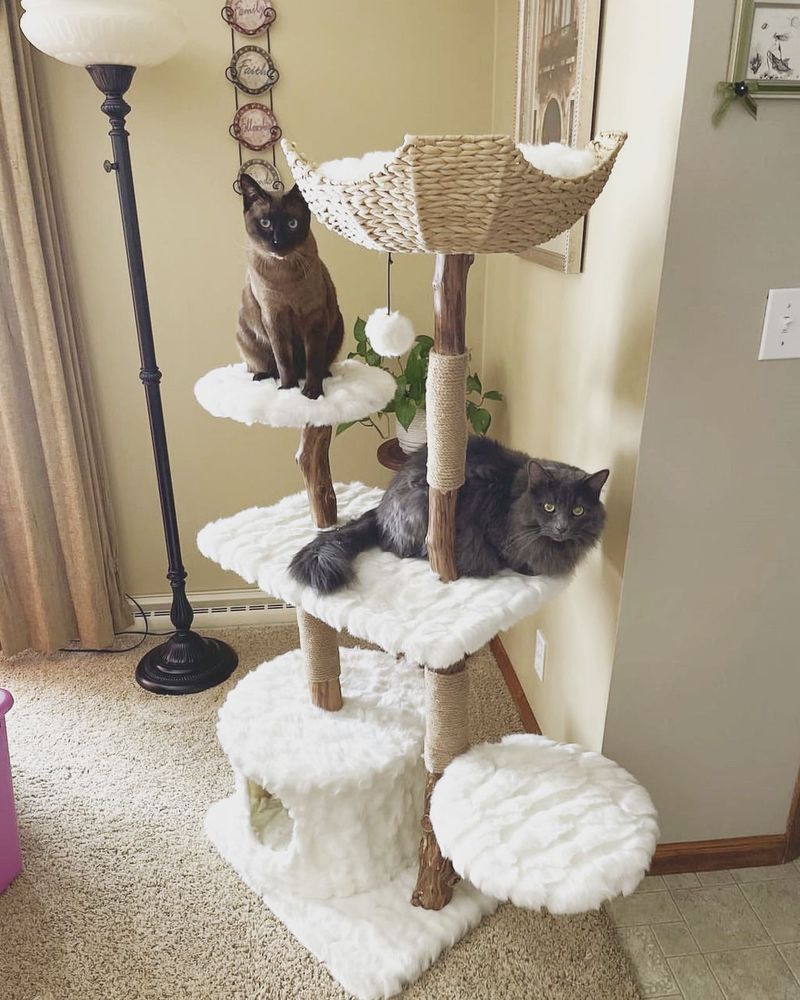
Cat trees and scratching posts are invaluable additions to your home, providing both entertainment and health benefits for your feline friend. These structures offer cats the opportunity to climb, scratch, and perch, satisfying their natural instincts.
Scratching helps maintain their claws and allows them to mark territory through scent glands in their paws. Providing these outlets can prevent damage to furniture and reduce stress-related behaviors.
Cat trees offer elevated vantage points, allowing cats to observe their surroundings and feel secure. By investing in quality cat furniture, you enrich your cat’s environment and promote physical and mental well-being.
18. Addressing Litter Box Issues
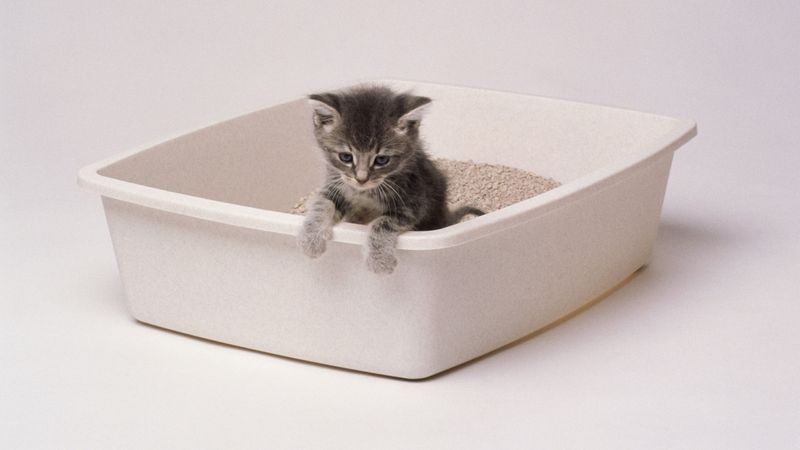
Litter box issues can be frustrating, but with patience and understanding, they can often be resolved. First, ensure the litter box is clean and placed in a quiet, accessible location. Some cats are particular about the type and scent of litter, so experiment to find the one they prefer.
If your cat stops using the box, rule out medical causes by consulting a veterinarian. Stress or changes in the household can also lead to litter box avoidance, so try to identify and address any triggers. Provide multiple litter boxes in multi-cat households to prevent competition and ensure each cat has access to a clean box.
By addressing litter box issues with care and empathy, you can restore harmony in your home.
19. Creating A Cat-Friendly Outdoor Space
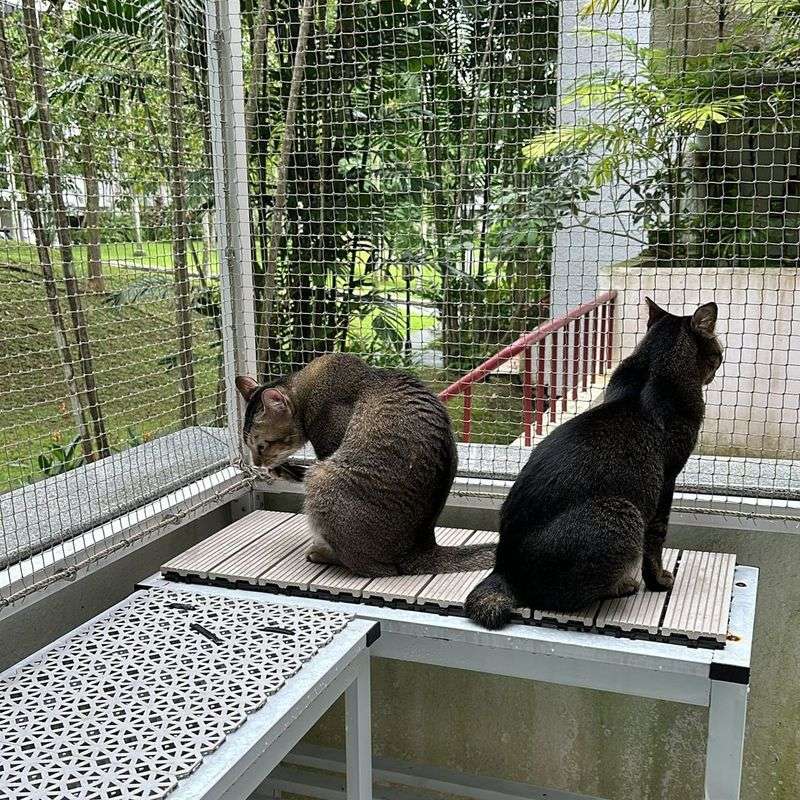
Creating a cat-friendly outdoor space allows your pet to enjoy the benefits of fresh air and natural exploration safely. Consider building a “catio,” an enclosed outdoor area where your cat can roam without the risks associated with free roaming.
Include climbing structures, toys, and plants in the catio to stimulate their senses and provide entertainment. Ensure the enclosure is secure and escape-proof, protecting your cat from potential dangers like traffic or predators.
By offering a safe outdoor environment, you satisfy your cat’s curiosity and need for adventure while keeping them protected. It’s a wonderful way to enrich their life and enjoy the outdoors together.
20. The Role Of Supplements In A Cat’s Diet
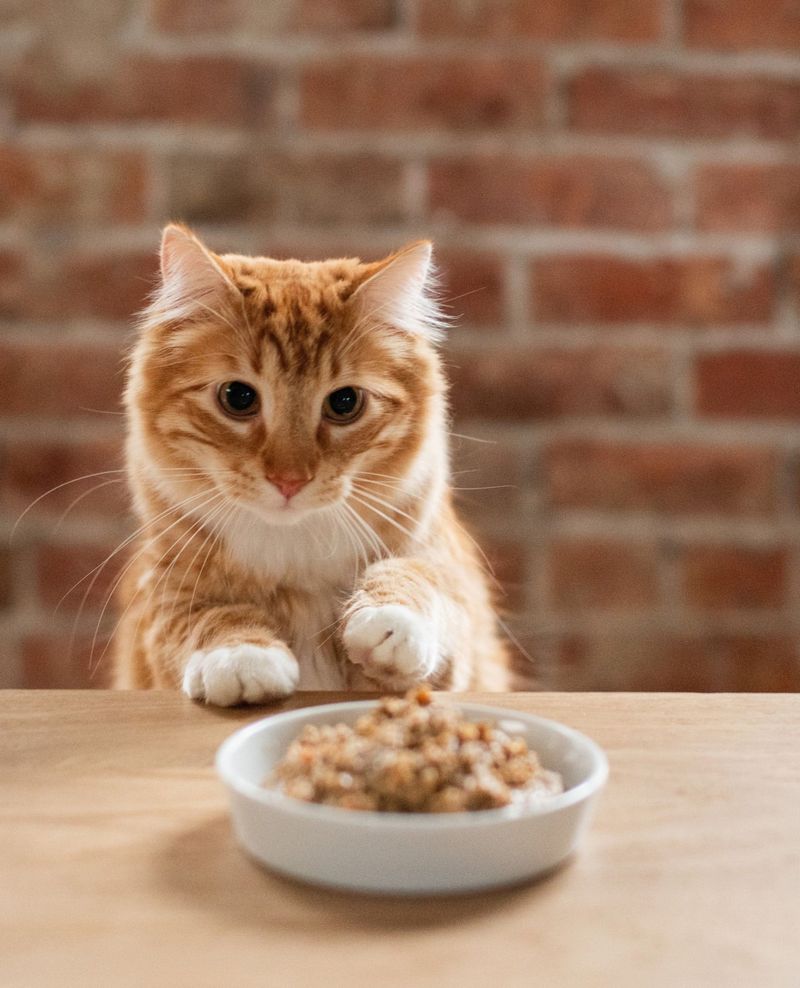
Supplements can play a role in enhancing your cat’s diet, but they should be used judiciously and under veterinary guidance. Common supplements include omega-3 fatty acids for coat health, probiotics for digestion, and glucosamine for joint support.
Before introducing any supplements, consult your veterinarian to determine what is appropriate for your cat’s specific health needs. Over-supplementation can lead to imbalances and health issues. A balanced diet should ideally provide all necessary nutrients, but supplements can address specific deficiencies or changing needs as your cat ages.
By carefully considering supplements, you can support your cat’s overall health and vitality.

